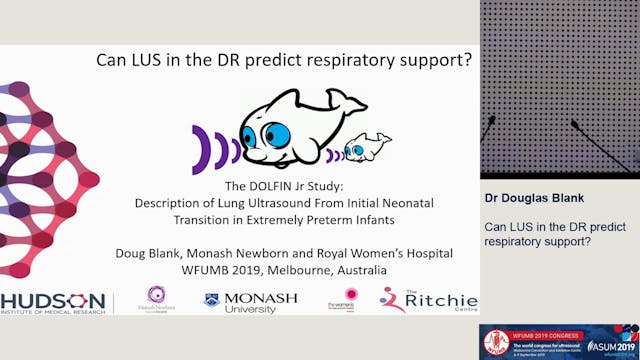Elastography in the child. Normal values for different tissues
NEONATAL & PAEDIATRICS
•
28m
Ultrasound elastography is a useful non-invasive tool for the diagnosis of liver fibrosis in adults (1). It plays a similar role in children, with some differences in the confounding factors and in the etiological spectrum of the liver disease; however, guidelines and recommendations have not been published. Preliminary data using transient elastography (TE), point shear wave elastography (pSWE) and two-dimensional shear wave elastography (2D-SWE) techniques, have shown that they are all feasible and accurate for the evaluation of liver fibrosis due to several etiologies in children (2). Assessment of liver stiffness is the most used application in children. However, there are other applications of ultrasound elastography such as for the evaluation of the spleen, pancreas, kidney, gastrointestinal tract, and thyroid (3).
Specific considerations relating to pediatric investigations include: (a) feasibility in children, related also to the differences in anatomy, anthropometrics, metabolic profile and psychology of each age group, the lack of cooperation to stop breathing, et cetera; (b) the type of probe that should be used; (c) some differences in etiology and pathology in children; (d) cut-off values and (e) definition of preventable fibrosis in liver diseases (2).
Up Next in NEONATAL & PAEDIATRICS
-
Fetal and neonatal US - what does the...
The most important consideration in dealing with fetal hydronephrosis is the overall welfare of the mother and the child, then one should consider the outcome for the kidneys and the bladder.
What the Paediatric Urologist needs to know is if and when intervention is needed. While we await resear... -
Renal cystic disease: What's new?
KUB ultrasound is the bread and butter scan of the paediatric ultrasound department. Accurate and consistent measurements of hydronephrosis are important for treatment and interval surveillance of these patients. At present there is a mismatch between the measurements considered normal in the ant...
-
Can LUS in the DR predict respiratory...
Lung ultrasound has shown promise as a powerful diagnostic tool in newborns. During birth, the infant must transition from a fluid filled lung that depends on the placenta for oxygenation and the elimination of carbon dioxide to an aerated lung that successfully exchanges gases. Ultrasound examin...



